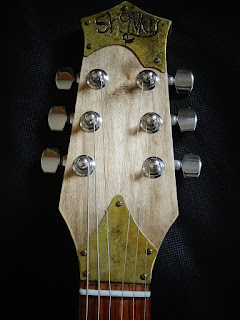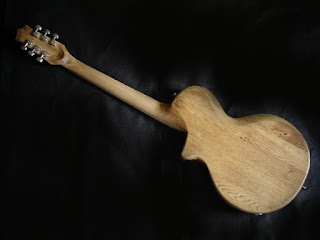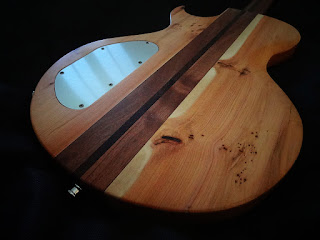I have recently been selling a collection of guitars for a family friend who sadly passed away earlier this year.
Among them was this fender Japan Stratocaster from 1989/90
There's not a lot of information about these hence why I thought it it would be good to write a blog entry on it. I have trawled the internet and what follows is a roundup of information I have found.
Most importantly on the fender website "A limited number of these “I” series guitars were made in 1989 and 1990. They were made for the export market and have “Made in USA” stamped on the neck heel."
Along with various opinions in forums etc. so we know they exist and there are (a very few) pictures of others.
The machine heads are the same as ones found on USA made Squier stratocasters in the 80's
The body is solid wood Not sure of the type It looks like poplar but feels too heavy!
The neck looks and feels like a USA neck. It has the truss rod adjustment in the heel. Maple and rosewood.
The pickups and controls are MIJ ones mostly used on E series Squiers of the same era which where made in the same plant.
The Tremolo also is Typical of Japanese Squiers of that era.
My best guess these where made from overstocked parts from US and Japan and built for a budget line at the time. there are a few odd fender USA/Mexican/Squier japan/Korean hybrid mashups of this era in Fenders History. I have only sold a Mexican Fender Squier series guitar from the same collection which was a Mexican body and neck with far eastern import hardware.
When I first saw this I thought it might be a fake or a partscaster at best. but the quality of the neck threw me off.
Despite this It played very nicely and had a nice warm tone.
Any more information would be gladly received, The guitar is now sold.




































